Transforming a space into a truly unique environment requires a blend of creativity, personal style, and a willingness to explore fresh trends. Whether you’re aiming for a sleek minimalist look, a bohemian-inspired vibe, or an eclectic mix of styles, the possibilities for crafting a one-of-a-kind home are endless. In this guide, we’ll delve into the latest decorating styles dominating the scene, share tips for creating an eclectic space, and reveal how to apply the 70/30 rule to maximize your home’s aesthetic appeal. From selecting colors that make a room feel luxurious to layering textures and finishes for a polished look, this article offers insights to help you elevate your space with confidence. Discover how to infuse personality while keeping your home feeling cohesive and sophisticated, ensuring it stands out among others. Let’s embark on a journey to explore the world of unique decorating styles and unlock the potential of your home.

Popular Decorating Styles of 2025
The interior design world is evolving rapidly, with several fresh styles emerging as favorites among homeowners and designers alike. Here are the most prominent decorating styles that are currently trending:
- Modern Minimalism : Clean lines, neutral color palettes, and simple geometric shapes define this style. Open spaces and plenty of natural light are key elements, creating a serene and uncluttered atmosphere.
- Sustainable Design : Eco-conscious decorating is on the rise. This style incorporates recycled materials, energy-efficient appliances, and natural finishes like wood and stone to reduce environmental impact while maintaining sophistication.
- Bio-Philiac Design : Bringing elements of nature indoors is a popular trend. This style features indoor plants, natural wood flooring, and large windows to connect with the outdoors, promoting mental well-being.
- Global Eclectic : This style combines elements from various cultures, resulting in a unique and eclectic mix of textures, patterns, and colors. It’s perfect for creating a vibrant and story-rich space.
- Contemporary Farmhouse : Blending rustic and industrial elements, this style emphasizes warmth and comfort. Large, cozy seating areas, exposed brick walls, and vintage lighting are hallmarks of this trend.
- Hygge Design : Originating from Denmark, this style focuses on creating a warm, inviting atmosphere through soft textures, dim lighting, and comforting colors like grays and deep oranges.
These styles not only reflect current aesthetic preferences but also address evolving consumer needs, such as sustainability and wellness. By incorporating these trends into your home, you can create a space that feels contemporary, comfortable, and aligned with today’s values.
What Is an Eclectic Style of Decorating?
An eclectic style of decorating is a unique approach that combines diverse design elements from various periods and cultures to create a personalized, harmonious space. This style thrives on contrast, texture, and color, blending old and new, traditional and modern, to achieve a visually captivating environment.
Key Components of Eclectic Style
- Mismatched Furniture: Incorporating pieces from different time periods or styles into a single room.
- Varying Textures: Mixing materials like wood, metal, glass, and fabric for visual interest.
- Bold Color Choices: Using a range of hues, often contrasting, to create drama and warmth.
- Antique and Vintage Pieces: Adding historical elements to modern spaces for character.
- Global Influences: Drawing inspiration from international design movements and artifacts.
How to Achieve an Eclectic Look
- Start with a Focal Point: Begin with a statement piece, like a grand mirror, a vibrant sofa, or a unique lighting fixture.
- Layer Thoughtfully: Add layers through rugs, curtains, cushions, and artwork to enhance texture and dimension.
- Mix Patterns and Colors: Combine bold patterns with subtle tones to create movement and depth.
- Consider Lighting: Use task lighting and ambient lighting to highlight textures and create mood.
- Add Accessories: Personalize with decorative items like trays, vases, and plants to infuse personality.
Mastering Balance
Eclecticism requires balance to prevent clutter and disarray. Edit carefully, ensuring every piece contributes to the overall aesthetic. Cohesion comes from color palettes, textures, and shared themes, making the room feel intentional rather than haphazard.
Embrace Your Personality
Eclectic style is inherently personal, reflecting your tastes and story. Don’t shy away from experimenting—mixing unexpected elements is what makes this style unique. Whether you prefer maximalist or minimalist approaches, the key is to stay true to yourself.
For more tips on achieving an eclectic look, explore our guide on choosing the perfect rug or discover how to enhance your space with window treatments .

What is the 70/30 Rule in Interior Design?
The 70/30 rule is a simple yet effective guideline used in interior design to create balanced and visually appealing spaces. This ratio suggests that 70% of the space should consist of softer elements, while 30% should be harder elements.
- Soft Elements: These include furniture, curtains, rugs, cushions, and decorative items that bring warmth and texture to a room. Soft elements are often larger in size and volume compared to hard elements.
- Hard Elements: These include walls, floors, ceilings, and fixtures like lighting or plumbing. Hard elements are generally smaller in size and contribute to the structural framework of the space.
This rule aims to create harmony by balancing the scale and visual weight of elements in a room. By focusing on this balance, interior designers can enhance functionality while achieving a cohesive aesthetic.
Applying the 70/30 rule can help homeowners avoid overwhelming their spaces with too much hard or soft elements. For example, in a living room, you might place a large sofa (soft element) along with a coffee table (hard element), ensuring the overall composition feels balanced.
By incorporating this principle, you can create interiors that are both functional and aesthetically pleasing, catering to modern lifestyles that blend comfort and style seamlessly.
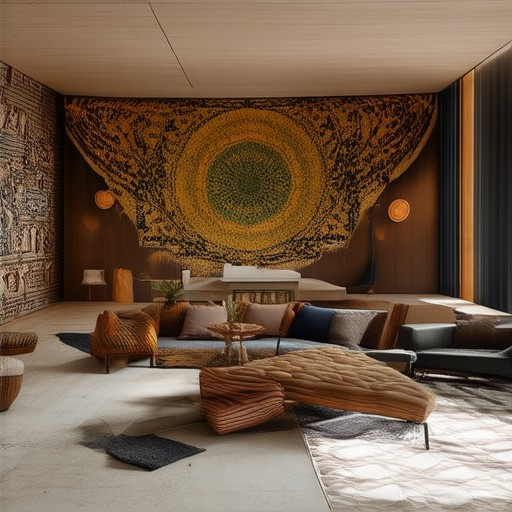
How To Make Your Home Decor Unique
To make your home decor unique, consider the following steps:
- Personalized Artwork and Photos: Incorporate personalized artwork or family photos into your space. Hang these pieces strategically, such as above the couch or near windows, to create a warm and inviting atmosphere.
- Statement Lighting: Add statement lighting like a chandelier or a unique table lamp to enhance the visual appeal of your space. Consider checking out affordable options online for stylish yet budget-friendly choices.
- Furniture Arrangement: Experiment with unconventional furniture arrangements. Try moving the sofa against a wall to create a cozy reading nook, using a small chair and bookshelf for added functionality and style.
- D.I.Y. Projects: Opt for easy DIY projects to add a unique touch. Repaint old furniture or create decorative pieces using recycled materials. Even simple crafts can elevate your space.
- Textile Choices: Mix patterns and textures with your throw pillows and curtains. Explore eco-friendly fabrics for a stylish and sustainable option that adds depth to your decor.
- Bold Color Accents: Introduce a feature wall with a bold color to add visual interest. Choose a shade that complements the rest of your space to avoid clashes and ensure the room remains balanced.
- Greenery and Plants: Bring life into your home with plants. Opt for low-light varieties or creative vertical gardens to maximize sunlight availability and purify the air effectively.
- Technology Integration: Neatly incorporate smart home devices by mounting a smart speaker on the wall or concealing cables behind the TV stand for a sleek, organized look.
- Overall Layout and Layers: Define zones with area rugs and layer textures through rugs, blankets, and cushions. Balance functionality with creativity to ensure your space feels cohesive and inviting.
By focusing on these key areas—lighting, color, textiles, furniture arrangement, and personal touches—you can create a home decor that reflects your unique style while maintaining functionality and comfort.
What Colors Make Your House Look Expensive?
Choosing the right colors for your home can significantly impact its aesthetic appeal and perceived value. Here are some expert-recommended color palettes that can make your house look more luxurious:
- Oxblood – A deep, rich red that conveys warmth and sophistication
- Charcoal – A versatile, modern color that adds drama and depth
- Navy Blue – A classic choice that exudes timeless elegance
- Warm White – A softer, warmer white that enhances natural light
- Beige – A neutral that pairs beautifully with richer tones
- Gray – A versatile color that can modernize any space
- Brown – Adds warmth and contrast to lighter-colored walls
- Gold or Bronze – Accent colors that complement dark palettes
- Black – A bold choice for exterior accents
Color Palette Tips for Different Rooms
Living Room:
- Pair oxblood or charcoal walls with a statement sofa in a contrasting color
- Add gold or bronze accents for a touch of luxury
Kitchen:
- Opt for soft grays or beiges on walls to complement stainless steel
- Use white or light gray countertops for a clean, high-end look
Exterior:
- Paint the front door in a rich color like charcoal gray
- Use pavers or stones in black or dark gray for pathways
Color Psychology in Home Design
Colors influence our emotions and perceptions of a space. Darker tones like oxblood and charcoal create a sense of opulence and exclusivity, while lighter tones like warm white and beige can make spaces feel more expansive and inviting.
For maximum impact, consider the following:
- Use warm tones in smaller rooms to create a cozy yet elegant feel
- Pair cool tones with neutral backgrounds to enhance openness
- Accentuate architectural details with contrasting colors
Tricks to Enhance Curb Appeal
Your home’s exterior is the first impression. Consider these tips:
- Use black or dark gray accents on windows and doors
- Add white or off-white moldings for a classic touch
- Plant trees or flowers in rich, deep colors
By thoughtfully selecting and coordinating these colors, you can transform your home into a visually stunning and luxurious space that stands out.
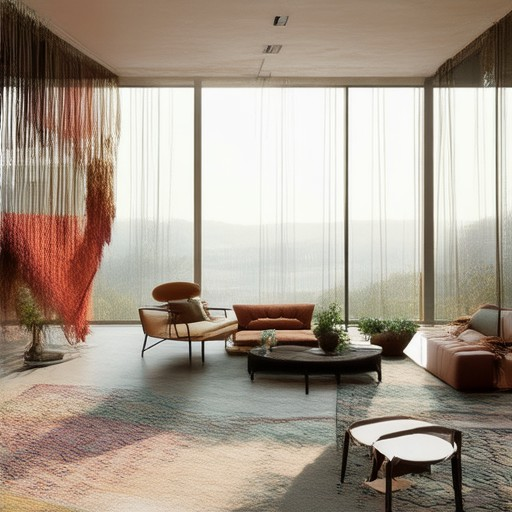
What Makes a Home Look Cheap?
A home can appear cheaper due to several factors, many of which relate to its presentation and upkeep. Here are some key reasons:
- Exterior Neglect : A poorly maintained exterior, such as peeling paint, overgrown landscaping, or broken fences, can detract from a home’s value and make it seem less well-cared-for.
- Cluttered Spaces : An abundance of belongings, trash, or unused items can make a space feel cramped and poorly organized, giving the impression of a lack of cleanliness and maintenance.
- Poor Lighting : Dimly lit areas, flickering lights, or inadequate lighting fixtures can make a home feel outdated and poorly maintained.
- Faded or Dirty Surfaces : Windows, doors, and surfaces that are dirty, stained, or lack polish can make a home look neglected and in need of attention.
- Uninviting Yard Work : An unkempt lawn, weeds, or dead plants can signal a lack of effort in maintaining the property, affecting its overall appeal.
- Bad Color Choices : Bright, clashing colors or outdated color schemes can make a home look less appealing and more budget-friendly.
- Missing or Damaged Elements : Missing shingles, broken tiles, or damaged appliances can indicate neglect and reduce the home’s perceived value.
- Overcrowded Furniture : Too much furniture or mismatched pieces can overwhelm a room, making it look smaller and less stylish.
- Lack of Storage Solutions : Visible clutter and insufficient storage can make a home feel disorganized and less valuable.
- Inadequate Upkeep : Grass that needs cutting, gutters that aren’t cleaned, or debris in the yard can signal a lack of maintenance and care.
By addressing these factors, homeowners can work towards improving their home’s appearance and perceived value. Simple improvements, such as staging the home , updating the exterior , or refreshing the interior , can make a significant difference in how the home looks to potential buyers or renters.
Conclusion: While some factors that make a home look cheap may be harder to change, others like decluttering, proper maintenance, and minor upgrades can have a noticeable impact on its overall appeal and perceived value.

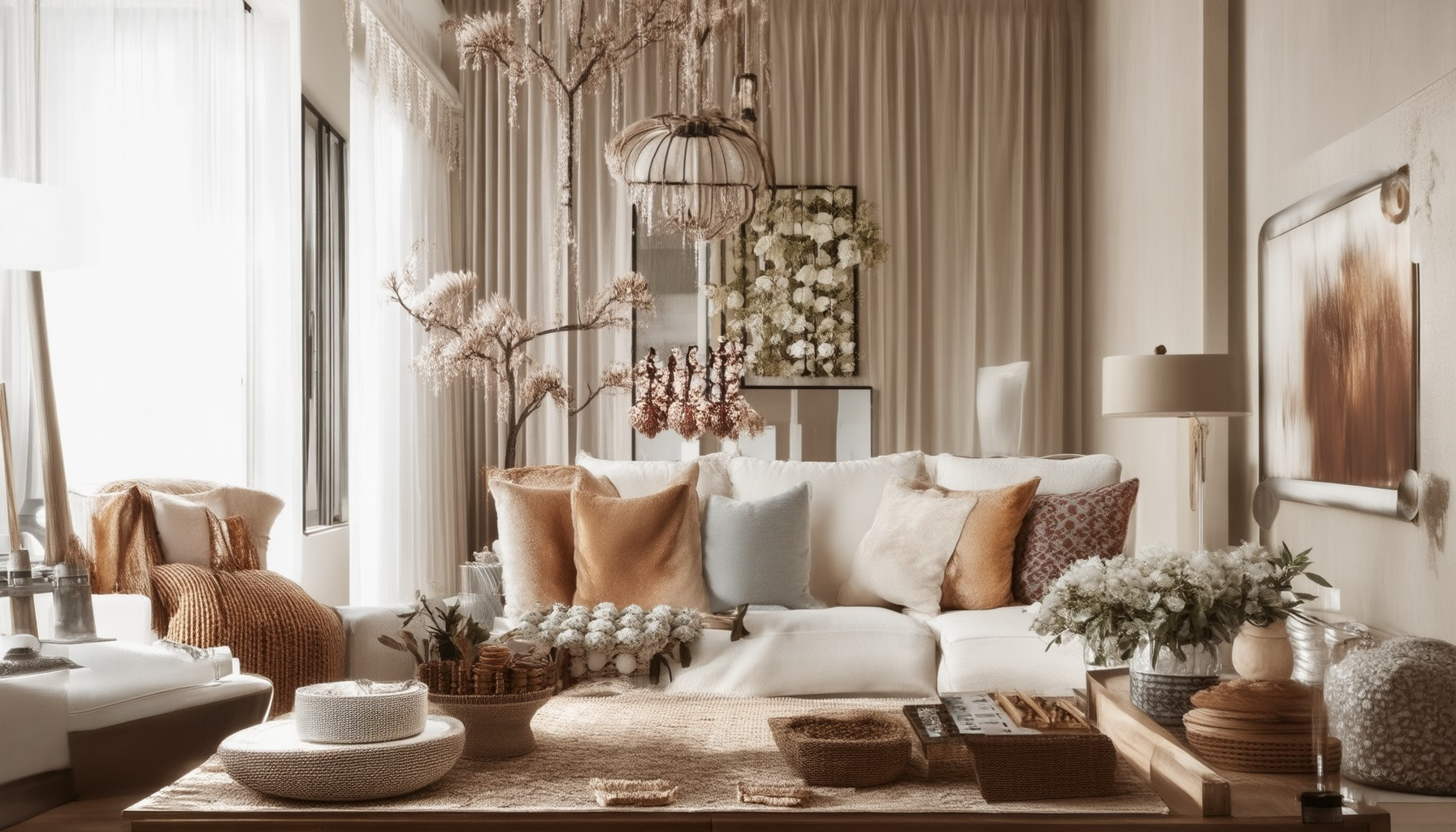

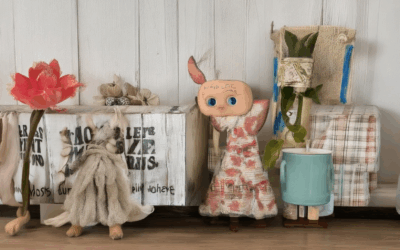
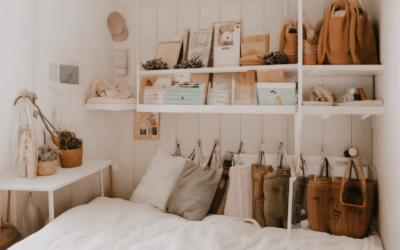
0 Comments